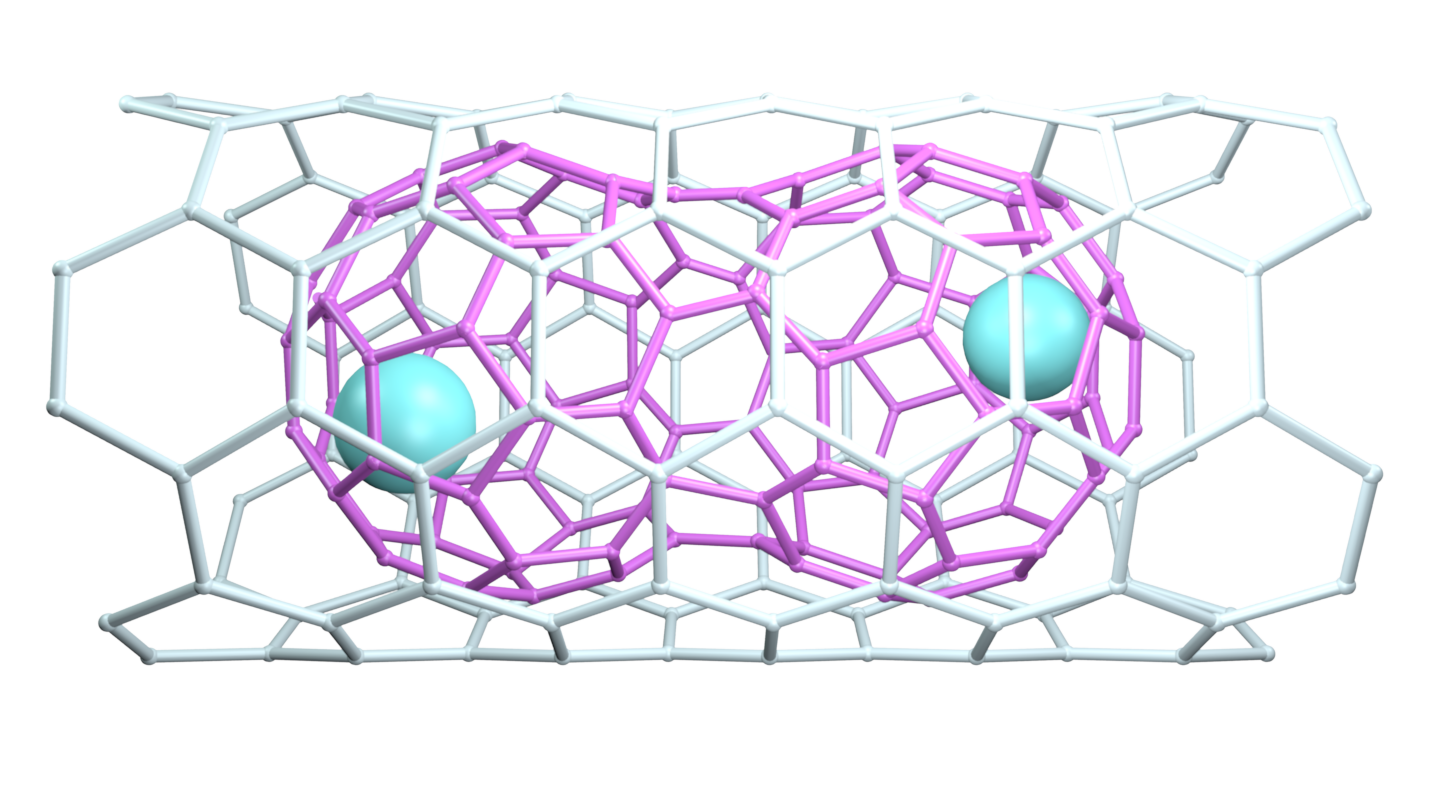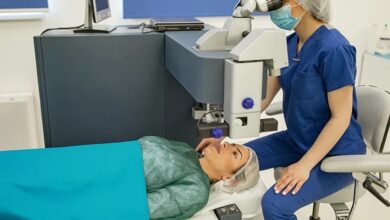The uses of Fullerenes in different sectors

Here, the usage of fullerenes as antiviral agents, in drug and gene transmission, and in photodynamic therapy will be addressed.
Use as antiviral agents
Fullerenes, having quite a lot of potential to be used as an antiviral, fell under everyone’s radar. Realize that the power to combat and prevent the reproductive property of a chronic and contagious virus, HIV, and thereby to further delay the spread of AIDS, is possibly one of the most relevant applications of fullerenes.
HIV 1 replication avoidance exists when the trans-isomer of Dendro Fullerene 1 and the HIV protease is deactivated by Derivative 2. C60 fullerene -1-Ala is a variant of the fullerene amino acid derivative bivalent metal. It responds strongly to the replication of HIV and human cytomegalovirus and inhibits it. By being integrated into the binding protease areas of HIV, these molecules work. It implies in the bath, the uncreative protein regions.
The molecules also target the reverse transcriptase in HIV and are much more reactive than the originally used nonnucleoside analog inhibitors. Hepatitis C can be treated by using fullerene compounds as well. The derivatives of cationic fullerene are antibacterial and antiproliferative and have wide applications as well.
Delivery of medications and genes
The irony is that many important properties are expressed in them. You may claim, for example, that they are relatively lightweight and can be disseminated easily, that they are relatively strong in biocompatibility and that they do not lose their original reactivity and that they have stronger selectivity. Many scientists, somewhat, generally prefer fullerenes.
First, fullerene amino acid derivatives are attached to the DNA sequences and then their connections with the carriers are severed by the lines, losing their amino groups. Biochemical studies have shown that these derivatives have shown more defensive properties than previously utilized standard vectors.
Fullerenes are very effective in transferring hydrophobic drugs. These carriers also help to unlock hydrophobic drugs very steadily into the bloodstream. One is the fullerene c60-paclitaxel conjugate, which has the properties that make it anticancerous and can spread safely through intact tissue. In comparison, a fullerene-dependent peptide has properties that can pierce the skin and kill it.
Photosensitizing Photodynamic Therapy
Photodynamic therapy is a form of therapy that uses a particular light-susceptible non-toxic material that becomes toxic once it comes into contact with light and is used to kill hostile cells. Fullerenes are used as compounds in the process above. Fullerenes have the ability to consume energy bursts when exposed to light; when returning to the ground state, these compounds lose energy and have the capacity to revolutionize oxygen molecules into singlet oxygen that could turn out to be cytotoxic.
Fullerenes can be converted into radicals in the presence of electron donors as an excellent acceptor of electrons. By transferring the extra electrons to oxygen molecules, these radicals will produce both hydroxyl radicals and anionic superoxide. These radicals are responsible for damage to DNA and may also induce the death of cells. In certain cases, these simple fullerenes are blended with DNA and proteins. It is also likely that they would be used to create another therapeutic plan for anticancer.




